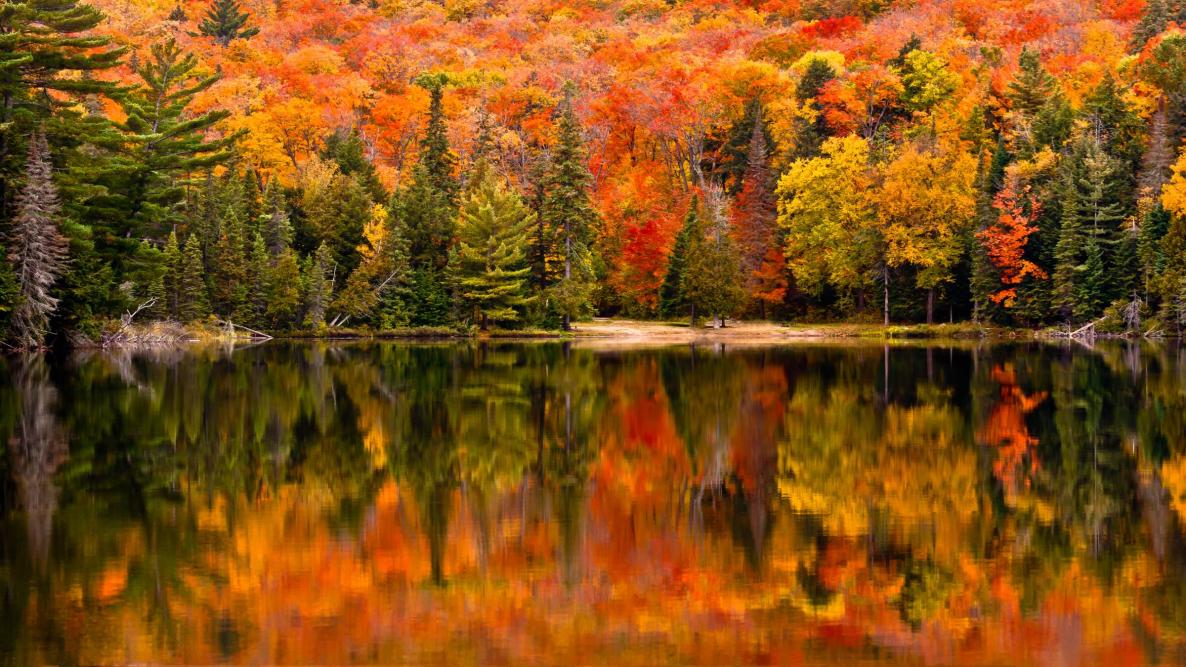Why Leaves Fall in Autumn: The Science Behind the Beauty
Autumn, with its tapestry of brilliant reds, oranges, and yellows, is one of the most visually stunning seasons. Many people enjoy the serene beauty of falling leaves, but few may consider the science behind this annual occurrence. Why do leaves fall in autumn? The answer lies in the intricate dance between the trees, the environment, and the leaves themselves.
1. The Role of Chlorophyll
The lush green color of summer leaves comes from chlorophyll, a pigment crucial for photosynthesis – the process by which plants convert sunlight into energy. As the days shorten and temperatures drop in autumn, the production of chlorophyll begins to wane. This reduction reveals other pigments that were always present in the leaf but overshadowed by the dominant green chlorophyll. This shift results in the vibrant reds, yellows, and oranges that we associate with fall.
2. Protection against the Cold
Winter brings harsh conditions for trees. Water is scarce due to frozen ground, and the cold can damage delicate plant tissues. Holding onto leaves would expose trees to these vulnerabilities. For instance, leaves can lose water more rapidly than the rest of the tree, making dehydration a potential concern. By shedding leaves, trees minimize water loss and potential damage from frost.
3. Energy Conservation
Maintaining and supporting leaves requires energy. When photosynthesis is less efficient in the cooler months, retaining leaves can be a net energy loss for the tree. By shedding them, the tree conserves its resources for the challenging winter months ahead.
4. Abscission: The Science of Dropping Leaves
The actual process of a tree shedding its leaves is quite fascinating. A special layer of cells, called the abscission layer, develops at the base of the leaf stem. As autumn progresses, this layer gradually weakens until the leaf detaches completely. This isn’t a passive process, either: the tree actively ‘pushes’ the leaf away.
5. Nutrient Recycling
Another benefit of dropping leaves in autumn is nutrient recycling. As fallen leaves decompose on the forest floor, they return valuable nutrients to the soil. Trees, in turn, will absorb these nutrients through their roots, ensuring a continued cycle of growth and renewal.
6. Environmental Triggers
Several environmental factors play a role in the timing and progression of leaf drop. Shorter days and decreasing light trigger a hormonal response in trees, signaling it’s time to prepare for winter. Additionally, temperature, moisture, and latitude also influence the exact timing and color intensity of autumn foliage.
Conclusion
The falling of leaves in autumn isn’t just a visual spectacle but also a testament to the intricate processes of nature. Behind each tumbling leaf is a story of survival, resource conservation, and natural cycles. As you watch leaves float gracefully to the ground this autumn, remember the complex dance of biology and environment that’s choreographed this beautiful scene.





